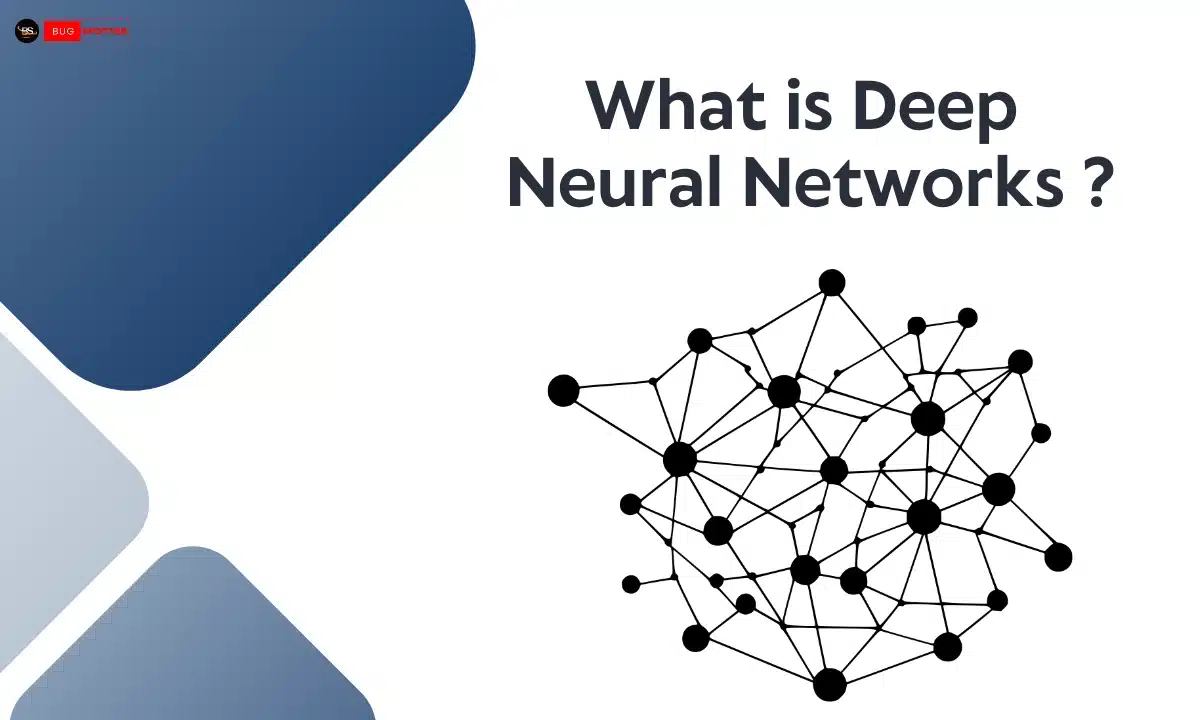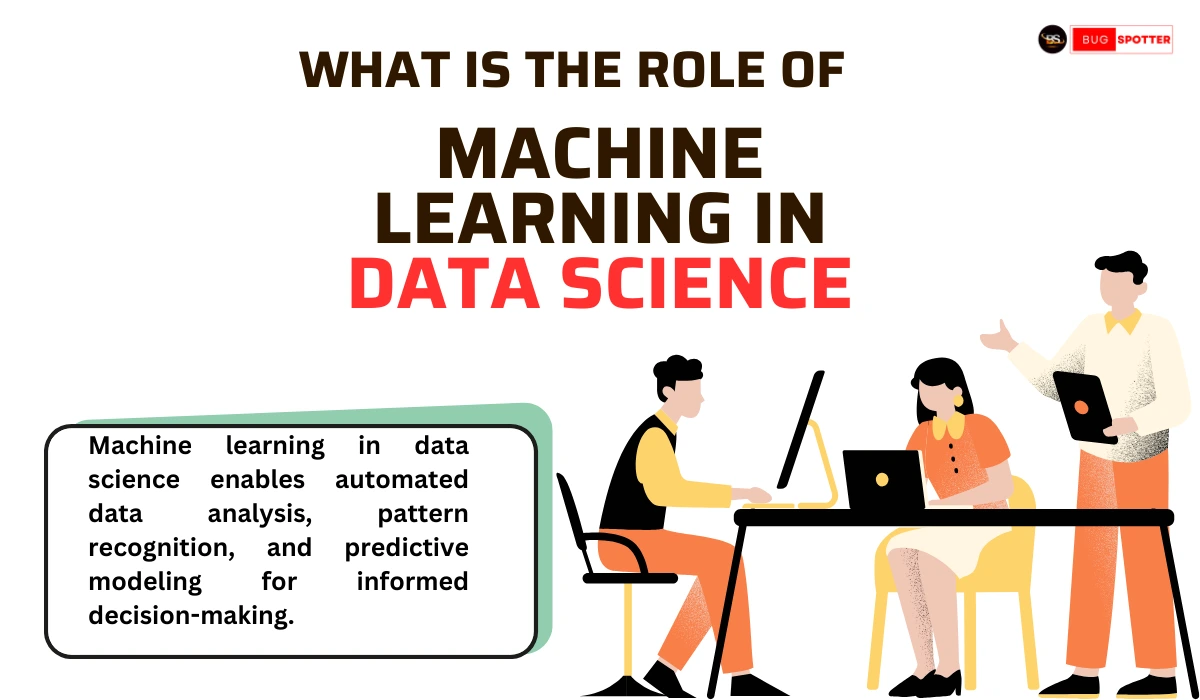Data Science Interview Questions for Cisco
Table of Contents
Data Science Questions
1.How have you worked with AWS EMR to process large-scale data? Can you describe an example where you scaled a data pipeline using this technology?
I’ve worked extensively with AWS EMR for processing large datasets by utilizing Spark for distributed data processing. In a project, I designed a pipeline where we ingested data from S3, processed it with Spark on EMR clusters, and output the results to Redshift for analysis. I ensured scalability by adjusting the cluster size based on the data volume, optimizing the job configuration, and automating the scaling process using AWS Auto Scaling.
2.Describe your experience with Python or Scala for large-scale data processing. How do you handle performance issues in distributed data processing?
In my previous projects, I’ve used Python for big data processing with libraries like PySpark and Dask. For performance, I optimized the code by minimizing shuffling, caching intermediate datasets, and tuning Spark configurations like partition sizes and memory settings. I also profile the jobs to identify bottlenecks and refactor them by breaking tasks into smaller, parallelizable steps.
3.Can you explain your experience with Apache Airflow? How have you used it to orchestrate ETL pipelines?
I’ve used Apache Airflow to orchestrate ETL workflows, where I designed Directed Acyclic Graphs (DAGs) to schedule, monitor, and manage tasks. For example, I set up a workflow that triggered data extraction from multiple sources (API, S3), performed necessary transformations using Spark, and loaded the data into a data warehouse. I used Airflow’s task dependencies to ensure that tasks ran in the correct sequence and incorporated error handling to improve pipeline reliability.
4.What strategies do you use to ensure the quality and accuracy of large medical datasets?
I use several strategies such as data validation at each step of the pipeline, applying schema validation to ensure data consistency, and performing checks for missing or inconsistent values. I also perform root cause analysis on discrepancies and use automated testing frameworks to ensure data integrity at each stage of the pipeline.
5.Explain your experience with Docker, Kubernetes, or Terraform in a big data environment. How have these tools helped in deploying scalable solutions?
In my past projects, I’ve used Docker for containerizing applications and ensuring that our environments are consistent across development, staging, and production. Kubernetes has helped manage these containers at scale, ensuring high availability and easy scaling. Terraform was used for provisioning cloud infrastructure, such as EC2 instances and S3 buckets, and automating the deployment process. These tools improved the reproducibility, scalability, and efficiency of the system.
6.How do you approach debugging and troubleshooting distributed data processing jobs, especially when they fail on a large scale?
For debugging large-scale distributed jobs, I use the logs provided by AWS EMR or Spark to pinpoint the root cause of the failure. I analyze the Spark UI to identify stages where the job got stuck or was performing poorly. Additionally, I employ error-handling mechanisms, like retry logic and alerting, so that any issues can be detected early, and I can quickly scale down the data to isolate the problem.
7.How do you manage and optimize data storage in a healthcare environment, especially with large datasets like patient records and clinical trials?
I follow a strategy of using partitioned and compressed data formats like Parquet or Avro to optimize storage and query performance. I ensure that sensitive healthcare data is encrypted both at rest and in transit, adhering to regulatory requirements. Additionally, I use S3 for storage, taking advantage of its lifecycle policies to manage data retention and automatic archiving of older records.
8.Can you explain your experience with databases like PostgreSQL and how you’ve integrated them into your data engineering pipelines?
I have worked with PostgreSQL for transactional data and complex querying needs. In an ETL pipeline, I used PostgreSQL as a data source, applying efficient SQL queries to extract the required data. I also performed data transformations using Python and loaded the data into data warehouses for analysis. For optimization, I used indexing and query optimization techniques to ensure quick data retrieval in large datasets.
9.Describe your experience with predictive analytics and its application in healthcare data.
In healthcare, predictive analytics can help forecast patient outcomes or identify potential risk factors. In a project, I used statistical modeling and regression techniques to predict patient readmission rates based on historical data. By integrating this with real-time data processing systems, we could flag high-risk patients and help healthcare providers take preventive measures. I also collaborated with data scientists to integrate machine learning models for better predictive insights.
10.How do you approach root cause analysis when data inconsistencies or errors arise in a large-scale pipeline?
When faced with data inconsistencies, I start by examining logs and tracing the data flow across the pipeline. I identify where the data diverges from expectations, whether it’s during extraction, transformation, or loading. Once I pinpoint the problem, I test hypotheses by simulating the issue with smaller data samples. I also use data profiling tools to identify outliers or anomalies that may have caused the issue.
11.How do you ensure seamless integration with healthcare IT systems, such as EHR or diagnostic tools, while maintaining data security?
When integrating with EHR or diagnostic tools, I ensure compliance with healthcare regulations like HIPAA by applying encryption, access controls, and audit trails. I use APIs and HL7/FHIR standards for interoperability, ensuring that the data can flow smoothly between systems. I also perform regular security audits to safeguard sensitive patient data and ensure that all integrations are secure and efficient.
12.Explain a situation where you had to work closely with business stakeholders to understand their needs and deliver a data engineering solution.
In a project, I worked with business stakeholders to understand their need for real-time reporting on patient outcomes. After gathering the requirements, I designed a data pipeline to ingest data from clinical trials, transform it, and deliver insights through a dashboard. Throughout the project, I regularly communicated with the stakeholders to ensure the solution met their expectations and adjusted based on feedback.
13.How do you stay up-to-date with the latest technologies in big data, cloud computing, and healthcare data engineering?
I stay updated by attending industry conferences, reading blogs, and following thought leaders in the tech and healthcare sectors. I also participate in online communities and forums related to big data technologies and cloud services. Additionally, I work on side projects to experiment with new tools and techniques, ensuring I stay ahead of emerging trends.
14.How do you ensure data privacy and security when working with healthcare data, especially when dealing with sensitive information like patient records?
I ensure data privacy and security by following strict access controls, using encryption both in transit and at rest, and adhering to compliance standards like HIPAA. I also implement role-based access control (RBAC) and audit trails to monitor who accesses the data and when. Regular security audits and using secure cloud services like AWS KMS (Key Management Service) help protect sensitive healthcare data.
15.Can you explain your approach to managing and orchestrating ETL processes in a data pipeline?
My approach to managing ETL processes involves using tools like Apache Airflow or AWS Glue for orchestration. I design scalable, modular workflows that can easily handle data extraction, transformation, and loading. I prioritize performance by parallelizing tasks and optimizing resource allocation. Additionally, I ensure proper logging and error handling, so issues can be identified and resolved quickly.
16.Describe a project where you used distributed data processing frameworks like Apache Spark or Hadoop. What challenges did you face, and how did you overcome them?
I worked on a project where we processed large healthcare datasets using Apache Spark on AWS EMR. One of the main challenges was managing the data shuffle, which caused performance bottlenecks. I overcame this by optimizing partitioning, leveraging caching, and tuning Spark configurations such as the number of executors and memory settings to improve performance and reduce processing time.
17.How would you handle schema evolution in a data lake when new data types or sources are introduced?
To handle schema evolution, I use tools like AWS Glue, which supports schema versioning and automatic data transformation. I ensure that the data lake schema is flexible enough to accommodate new fields, data types, and sources without breaking existing processes. I also establish data validation rules and testing procedures to ensure that schema changes are handled correctly without data corruption.
18.How do you ensure high availability and fault tolerance in your data pipelines?
To ensure high availability and fault tolerance, I design data pipelines with redundancy built in. For example, I use AWS S3 as a reliable storage option and ensure that data is replicated across multiple availability zones. I also incorporate retry mechanisms and checkpoints in my processing workflows, so that if a failure occurs, the pipeline can recover and resume processing without data loss.
19.What is your experience with version control tools like Git? How do you manage code collaboration and deployments in a team environment?
I use Git for version control, ensuring that all code changes are tracked and managed through branches. I follow best practices by using feature branches for new developments and merging them into the main branch after thorough testing. For collaboration, I use pull requests and code reviews to ensure code quality. I also integrate Git with CI/CD tools like CircleCI to automate the deployment pipeline.
20.Can you explain your experience with real-time data processing and how you’ve implemented it in healthcare systems?
I’ve worked on real-time data processing using tools like Apache Kafka and AWS Kinesis to stream data from medical devices or healthcare systems. For instance, I helped build a system that ingested real-time patient data from monitoring devices, processed it in near real-time, and generated alerts for healthcare providers. This helped improve response times and patient outcomes by providing live data insights.
21.How do you optimize and improve the performance of SQL queries, especially when dealing with large datasets?
To optimize SQL queries, I start by analyzing query execution plans to identify bottlenecks, such as full table scans or inefficient joins. I then optimize queries by adding appropriate indexes, partitioning large tables, and avoiding complex subqueries when possible. I also ensure that I limit the dataset as much as possible before performing aggregations and avoid SELECT * queries in production environments.
22.What are the advantages and disadvantages of using NoSQL databases like MongoDB or Cassandra for storing healthcare data?
NoSQL databases like MongoDB and Cassandra are great for handling large volumes of unstructured or semi-structured data. They provide high scalability, flexibility in schema design, and faster writes compared to traditional relational databases. However, they might not be ideal for transactional data or complex queries involving joins. In healthcare, NoSQL databases can be used for storing unstructured data like patient notes, sensor data, or logs, but for structured data like patient records or clinical trials, relational databases might be more suitable.
23.How do you handle data transformations in a way that ensures both performance and scalability, particularly in a cloud-based environment?
To handle data transformations effectively, I focus on utilizing distributed data processing frameworks like Apache Spark for large-scale transformations. In a cloud-based environment, I leverage managed services like AWS Glue for serverless transformation. I also ensure that transformations are optimized by using partitioning and indexing strategies, minimizing shuffling, and reducing the amount of data moved between stages. For large datasets, I batch process when possible and use stream processing for real-time data.











